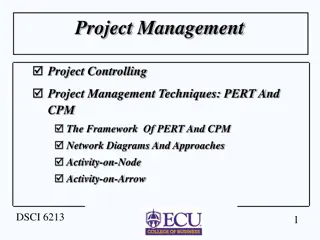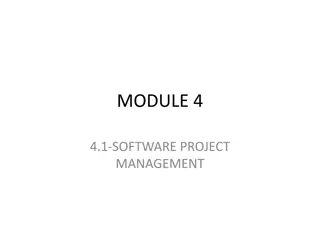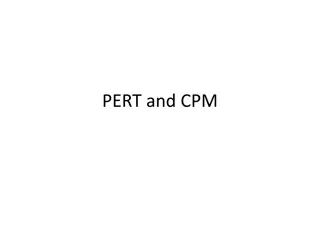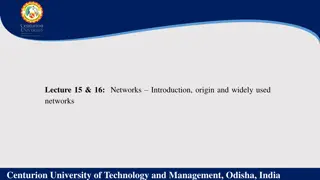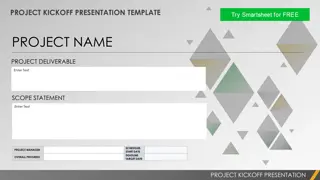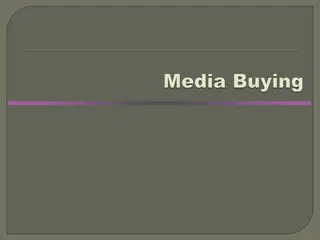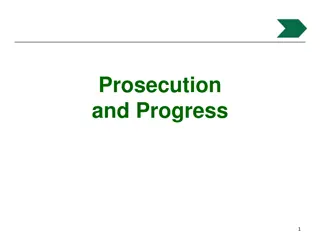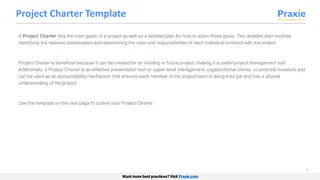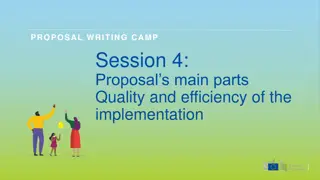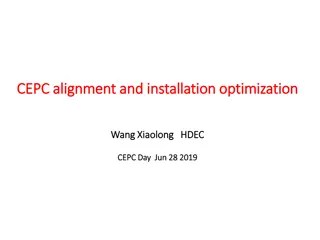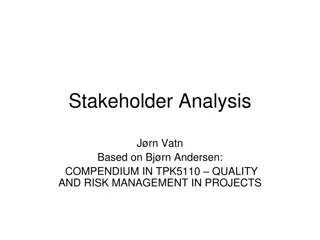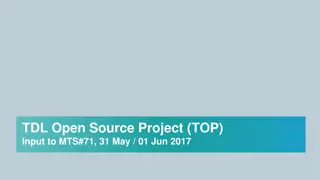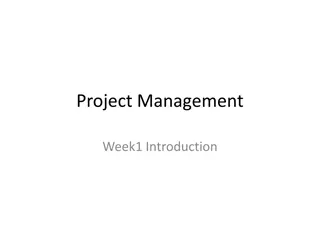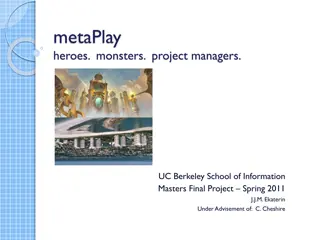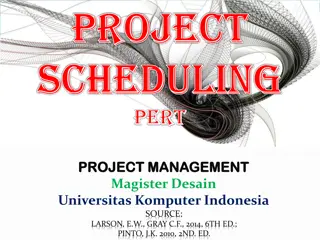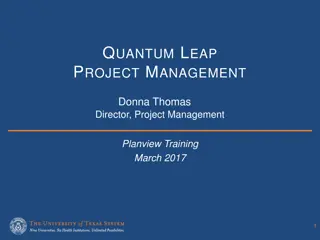Project Management Techniques: PERT and CPM Overview
Explore the fundamentals of Project Management Techniques, focusing on PERT and CPM. Understand Network Diagrams, Forward and Backward Pass, Critical Path, Project Scheduling, and more. Learn about Gantt Charts, Six Steps of PERT & CPM, and their historical development in the 1950s. Gain insights into Planning, Scheduling, and Controlling in project management.
Download Presentation

Please find below an Image/Link to download the presentation.
The content on the website is provided AS IS for your information and personal use only. It may not be sold, licensed, or shared on other websites without obtaining consent from the author. Download presentation by click this link. If you encounter any issues during the download, it is possible that the publisher has removed the file from their server.
E N D
Presentation Transcript
Project Management Project Controlling Project Management Techniques: PERT And CPM The Framework Of PERT And CPM Network Diagrams And Approaches Activity-on-Node Activity-on-Arrow DSCI 6213 1
Project Management Determining The Project Schedule Forward Pass Backward Pass Calculating Slack Time And Identifying The Critical Path(s) Variability In Activity Times Three Time Estimates In PERT Probability Of Project Completion DSCI 6213 2
Management of Projects Planning - goal setting, defining the project, team organization Scheduling - relates people, money, and supplies to specific activities and activities to each other Controlling - monitors resources, costs, quality, and budgets; revises plans and shifts resources to meet time and cost demands DSCI 6213 3
Project Scheduling Identifying precedence relationships Sequencing activities Determining activity times & costs Estimating material and worker requirements Determining critical activities DSCI 6213 4
Project Management Techniques Gantt chart Critical Path Method (CPM) Program Evaluation and Review Technique (PERT) DSCI 6213 5
A Simple Gantt Chart Time J F M A M J J A S Design Prototype Test Revise Production DSCI 6213 6
PERT and CPM Network techniques Developed in 1950 s CPM by DuPont for chemical plants (1957) PERT by Booz, Allen & Hamilton with the U.S. Navy, for Polaris missile (1958) Consider precedence relationships and interdependencies Each uses a different estimate of activity times DSCI 6213 7
Six Steps PERT & CPM 1. Define the project and prepare the work breakdown structure 2. Develop relationships among the activities - decide which activities must precede and which must follow others 3. Draw the network connecting all of the activities DSCI 6213 8
Six Steps PERT & CPM 4. Assign time and/or cost estimates to each activity 5. Compute the longest time path through the network this is called the critical path 6. Use the network to help plan, schedule, monitor, and control the project DSCI 6213 9
Questions PERT & CPM Can Answer 1. When will the entire project be completed? 2. What are the critical activities or tasks in the project? 3. Which are the noncritical activities? 4. What is the probability the project will be completed by a specific date? DSCI 6213 10
Questions PERT & CPM Can Answer 5. Is the project on schedule, behind schedule, or ahead of schedule? 6. Is the money spent equal to, less than, or greater than the budget? 7. Are there enough resources available to finish the project on time? 8. If the project must be finished in a shorter time, what is the way to accomplish this at least cost? DSCI 6213 11
Advantages of PERT/CPM 1. Especially useful when scheduling and controlling large projects Straightforward concept and not mathematically complex Graphical networks help to perceive relationships among project activities Critical path and slack time analyses help pinpoint activities that need to be closely watched 2. 3. 4. DSCI 6213 12
Advantages of PERT/CPM 5. Project documentation and graphics point out who is responsible for various activities 6. Applicable to a wide variety of projects 7. Useful in monitoring not only schedules but costs as well DSCI 6213 13
Limitations of PERT/CPM 1. Project activities have to be clearly defined, independent, and stable in their relationships 2. Precedence relationships must be specified and networked together 3. Time estimates tend to be subjective and are subject to fudging by managers 4. There is an inherent danger of too much emphasis being placed on the longest, or critical, path DSCI 6213 14










